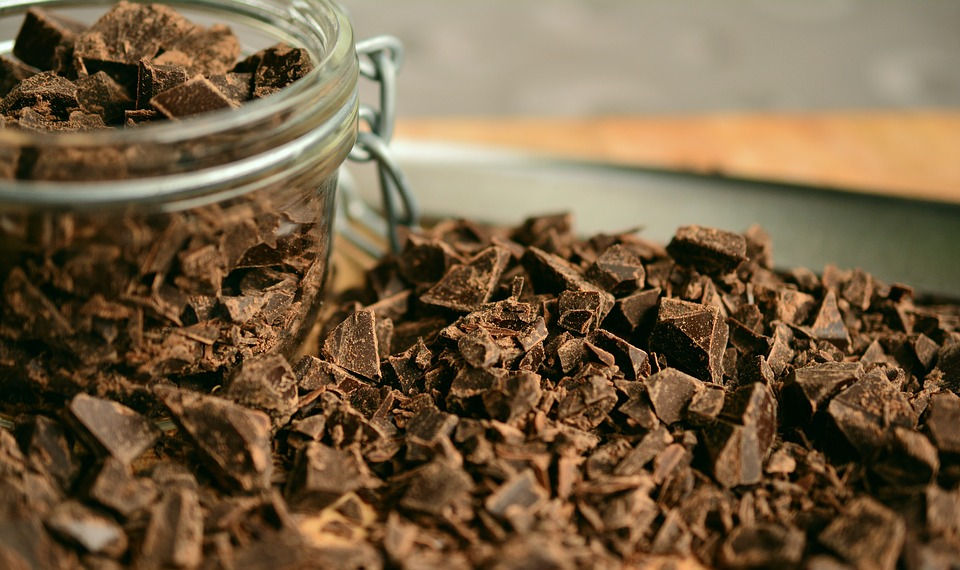Happy National Chocolate Day!
- Donna Hechler Porter
- Oct 21, 2021
- 2 min read
Yes, today is National Chocolate Day.
Hmm.....I seem to be doing a run on blog posts about food. Not sure what that says about me at the moment?
Anyway - I can't pass up anything chocolate - not even National Chocolate Day!

Andrew used to get frustrated with me because every dessert I made was . . . chocolate. One time he told me, "Donna, you can't put chocolate on everything."
"Yes," I said with a firm conviction and a sure heart. "Yes, I can put chocolate on everything. Chocolate on my broccoli. Chocolate on my bacon. Chocolate. Chocolate. Chocolate!"
He shook his head and walked away.
And, mind you, there are four basic food groups - dark chocolate, white chocolate, milk chocolate, and chocolate truffles. I would certainly say that was life-sustaining. Wouldn't you?
Chocolate can be traced to the ancient Mayans, and even earlier to the ancient Olmecs of southern Mexico. While we think of chocolate as sweet candy bars, luscious cakes, and delectable desserts, the chocolate of earlier times was a bitter beverage even as it was held in high regard.

Chocolate found its way to Europe around the time of Columbus' voyages, but whether or not he brought it has yet to be made clear. In 1641 it made its appearance in Florida, then a Spanish colony, on a Spanish ship. It is believed the first chocolate house in the colonies opened in Boston in 1682. By 1773, on the eve of the American Revolution, cocoa beans were a major import to the English colonies. During the Revolutionary War, soldiers were provided with chocolate as rations, and sometimes chocolate was given as payment instead of money. All throughout this period, however, chocolate was still enjoyed solely as a beverage.
Before 1828, chocolate was a luxury generally only the rich could afford. But that year, Dutch Chemist Coenraad Johannes van Houten invented a press that could separate cocoa butter from roasted cocoa beans to make cocoa powder. This powder, in turn, was used to make all manner of delicious chocolate products, and it helped made chocolate affordable for everyone.
Twenty years later, British chocolatier J. S. Fry created the first chocolate bar molded from a paste made of sugar, chocolate liquor, and cocoa butter. In 1876, Swiss chocolatier Daniel Peter added dried milk powder to chocolate to create milk chocolate. Several years later, he worked with his friend Henri Nestle. Together, they founded the Nestle Company and brought milk chocolate to the mass market, although the delicacy was difficult to chew. It was be another three years before Swiss chocolatier, Rudolf Lindt, invented the conch machine which mixed and aerated chocolate giving it a smooth, melt-in-your-mouth consistence that blended well with other ingredients.
In the late 19th and early 20th century, family chocolate companies such as Cadbury, Mars, Nestle, and Hershey began mass producing chocolate confections for sweet treats.
And that brings us back to National Chocolate Day, and all the happiness it affords!
So, Happy National Chocolate Day!
Now, I must go celebrate . . . (where's some chocolate . . .)








.png)

.jpg)



























Comments